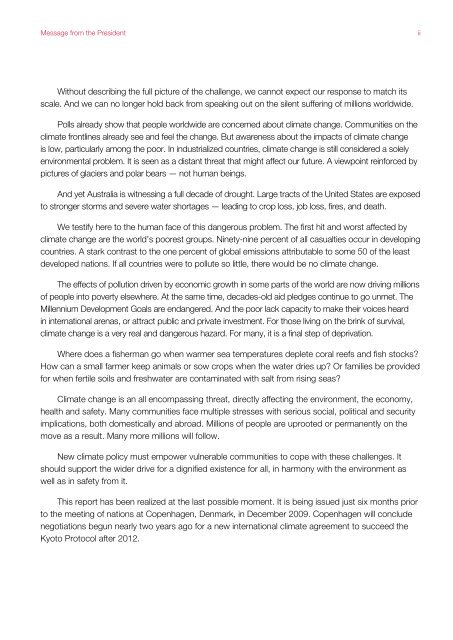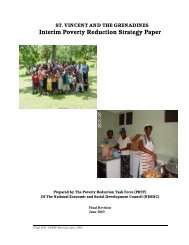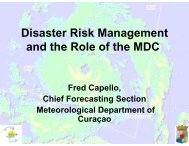The Anatomy of A Silent Crisis The Anatomy of A Silent Crisis
The Anatomy of A Silent Crisis The Anatomy of A Silent Crisis
The Anatomy of A Silent Crisis The Anatomy of A Silent Crisis
- TAGS
- anatomy
- www.bb.undp.org
You also want an ePaper? Increase the reach of your titles
YUMPU automatically turns print PDFs into web optimized ePapers that Google loves.
Message from the President ii<br />
Without describing the full picture <strong>of</strong> the challenge, we cannot expect our response to match its<br />
scale. And we can no longer hold back from speaking out on the silent suffering <strong>of</strong> millions worldwide.<br />
Polls already show that people worldwide are concerned about climate change. Communities on the<br />
climate frontlines already see and feel the change. But awareness about the impacts <strong>of</strong> climate change<br />
is low, particularly among the poor. In industrialized countries, climate change is still considered a solely<br />
environmental problem. It is seen as a distant threat that might affect our future. A viewpoint reinforced by<br />
pictures <strong>of</strong> glaciers and polar bears — not human beings.<br />
And yet Australia is witnessing a full decade <strong>of</strong> drought. Large tracts <strong>of</strong> the United States are exposed<br />
to stronger storms and severe water shortages — leading to crop loss, job loss, fires, and death.<br />
We testify here to the human face <strong>of</strong> this dangerous problem. <strong>The</strong> first hit and worst affected by<br />
climate change are the world’s poorest groups. Ninety-nine percent <strong>of</strong> all casualties occur in developing<br />
countries. A stark contrast to the one percent <strong>of</strong> global emissions attributable to some 50 <strong>of</strong> the least<br />
developed nations. If all countries were to pollute so little, there would be no climate change.<br />
<strong>The</strong> effects <strong>of</strong> pollution driven by economic growth in some parts <strong>of</strong> the world are now driving millions<br />
<strong>of</strong> people into poverty elsewhere. At the same time, decades-old aid pledges continue to go unmet. <strong>The</strong><br />
Millennium Development Goals are endangered. And the poor lack capacity to make their voices heard<br />
in international arenas, or attract public and private investment. For those living on the brink <strong>of</strong> survival,<br />
climate change is a very real and dangerous hazard. For many, it is a final step <strong>of</strong> deprivation.<br />
Where does a fisherman go when warmer sea temperatures deplete coral reefs and fish stocks?<br />
How can a small farmer keep animals or sow crops when the water dries up? Or families be provided<br />
for when fertile soils and freshwater are contaminated with salt from rising seas?<br />
Climate change is an all encompassing threat, directly affecting the environment, the economy,<br />
health and safety. Many communities face multiple stresses with serious social, political and security<br />
implications, both domestically and abroad. Millions <strong>of</strong> people are uprooted or permanently on the<br />
move as a result. Many more millions will follow.<br />
New climate policy must empower vulnerable communities to cope with these challenges. It<br />
should support the wider drive for a dignified existence for all, in harmony with the environment as<br />
well as in safety from it.<br />
This report has been realized at the last possible moment. It is being issued just six months prior<br />
to the meeting <strong>of</strong> nations at Copenhagen, Denmark, in December 2009. Copenhagen will conclude<br />
negotiations begun nearly two years ago for a new international climate agreement to succeed the<br />
Kyoto Protocol after 2012.







